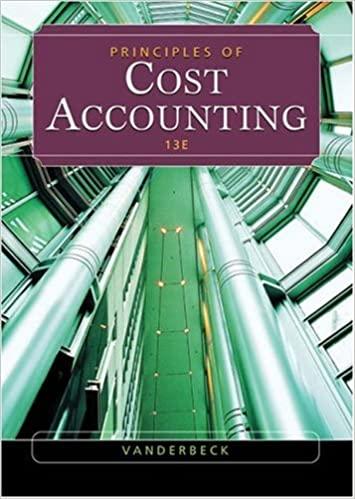
17-33 (Objective 17-3) This problem requires the use of ACL software, which can be accessed through the textbook Web site. Information about downloading and using ACL and the commands used in this problem can also be found on the textbook Web site. You should read all of the reference material, especially the material on sampling, to answer questions a. through e. For this problem, use the Invoices" file in the Sales and Collection" subfolder under tables in the ACL_Rockwood project. This file contains information on sales invoices generated during calendar year 2014 including those that have been paid versus those still outstanding. Suggested commands, where applicable, are indicated at the end of the problem requirements Required a. Using the Invoices file, filter the file to retain only those invoices that are still outstanding and save this filter as "Accounts_Receivable." (Filter) Determine the total dollar amount of the outstanding invoices (Total). Using the "Accounts_Receivable" data, calculate the sample size and sampling interval for an MUS sample based on total Invoice Amount Use a confidence level of 90%, materiality of $50,000, and expected errors of $2,500. (Sampling/Calculate Sample Size; select monetary" radio button) b. What is the sampling size and sampling interval if you increase materiality to $60,000 and decrease expected errors to $1,000? c. Select the sample based on the sampling interval determined in part a. (Sampling /Sample; select "Sample type" as MUS. For "Sample Parameters" select fixed interval and enter the interval from part a., use a random start of 3179.) d. How many items were selected for testing? Why is the number selected for testing less than the sample size determined in part a? e. What is the largest item selected for testing? How many sample items are larger than the sampling interval? How many items are larger than the sampling interval in the population? 17-33 (Objective 17-3) This problem requires the use of ACL software, which can be accessed through the textbook Web site. Information about downloading and using ACL and the commands used in this problem can also be found on the textbook Web site. You should read all of the reference material, especially the material on sampling, to answer questions a. through e. For this problem, use the Invoices" file in the Sales and Collection" subfolder under tables in the ACL_Rockwood project. This file contains information on sales invoices generated during calendar year 2014 including those that have been paid versus those still outstanding. Suggested commands, where applicable, are indicated at the end of the problem requirements Required a. Using the Invoices file, filter the file to retain only those invoices that are still outstanding and save this filter as "Accounts_Receivable." (Filter) Determine the total dollar amount of the outstanding invoices (Total). Using the "Accounts_Receivable" data, calculate the sample size and sampling interval for an MUS sample based on total Invoice Amount Use a confidence level of 90%, materiality of $50,000, and expected errors of $2,500. (Sampling/Calculate Sample Size; select monetary" radio button) b. What is the sampling size and sampling interval if you increase materiality to $60,000 and decrease expected errors to $1,000? c. Select the sample based on the sampling interval determined in part a. (Sampling /Sample; select "Sample type" as MUS. For "Sample Parameters" select fixed interval and enter the interval from part a., use a random start of 3179.) d. How many items were selected for testing? Why is the number selected for testing less than the sample size determined in part a? e. What is the largest item selected for testing? How many sample items are larger than the sampling interval? How many items are larger than the sampling interval in the population







